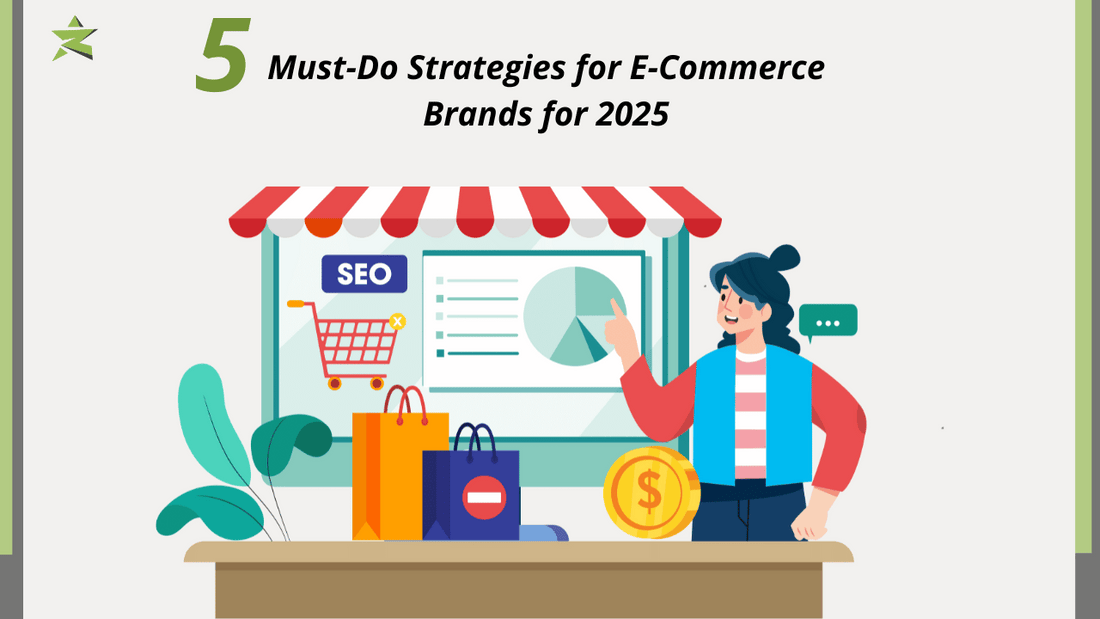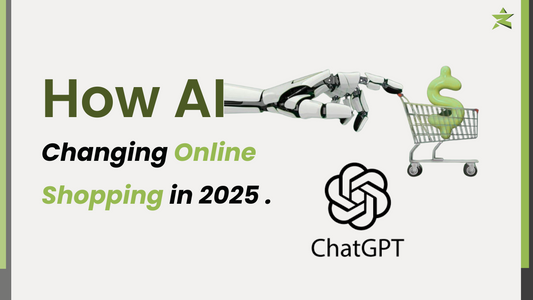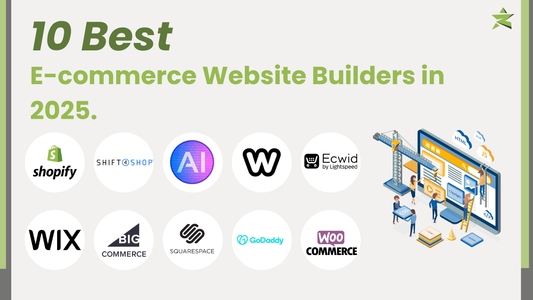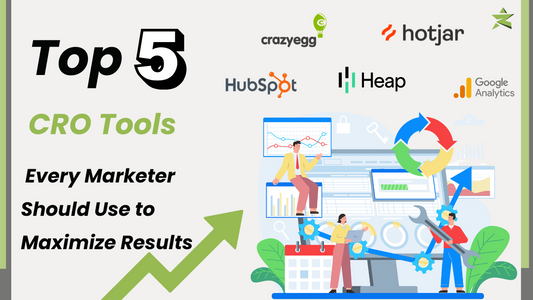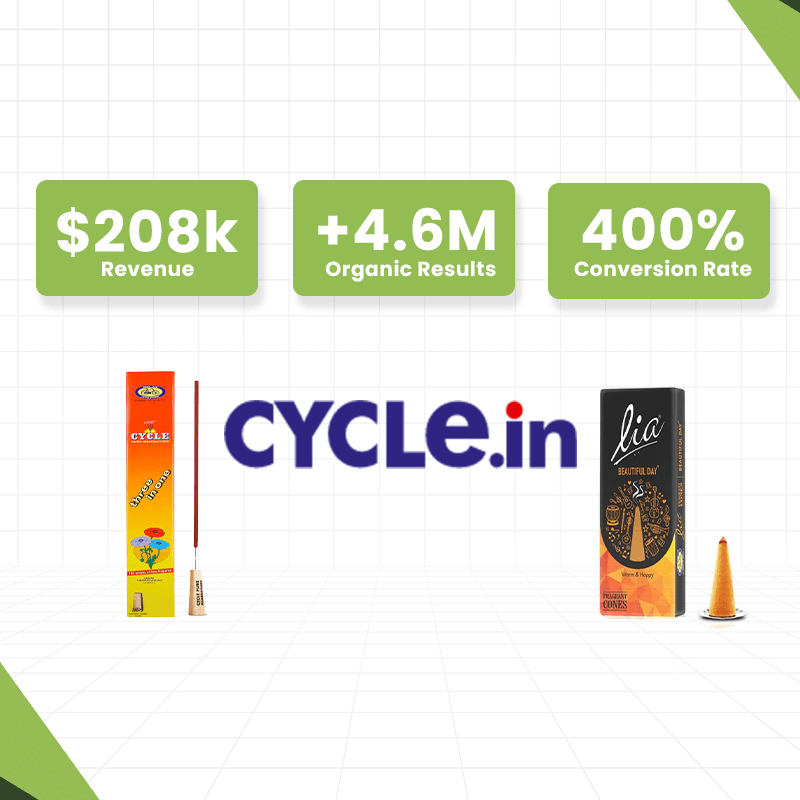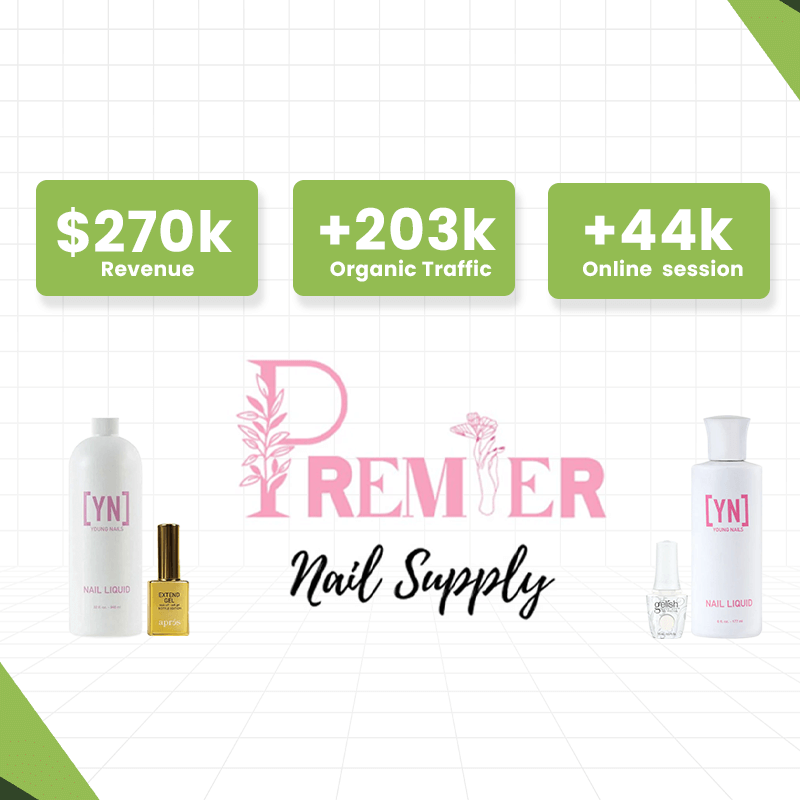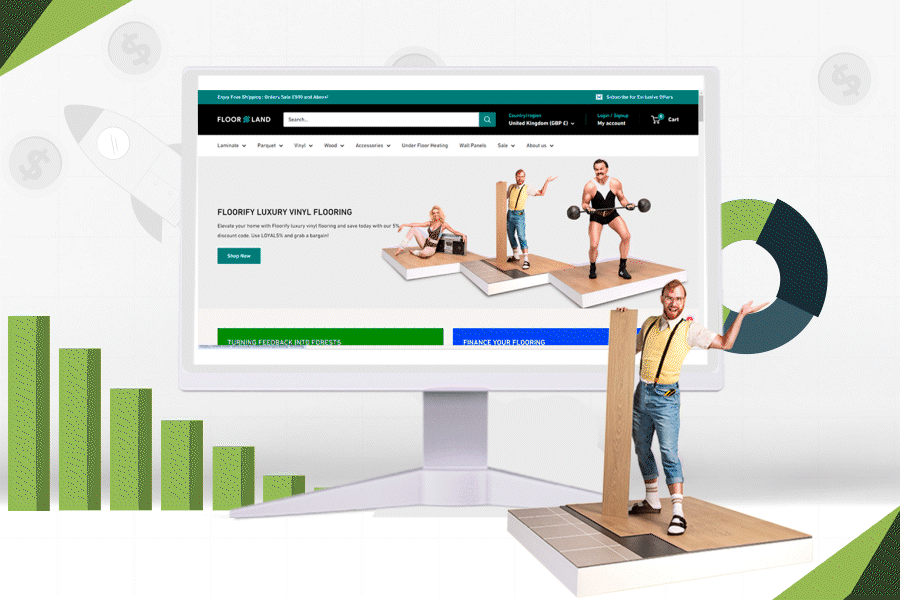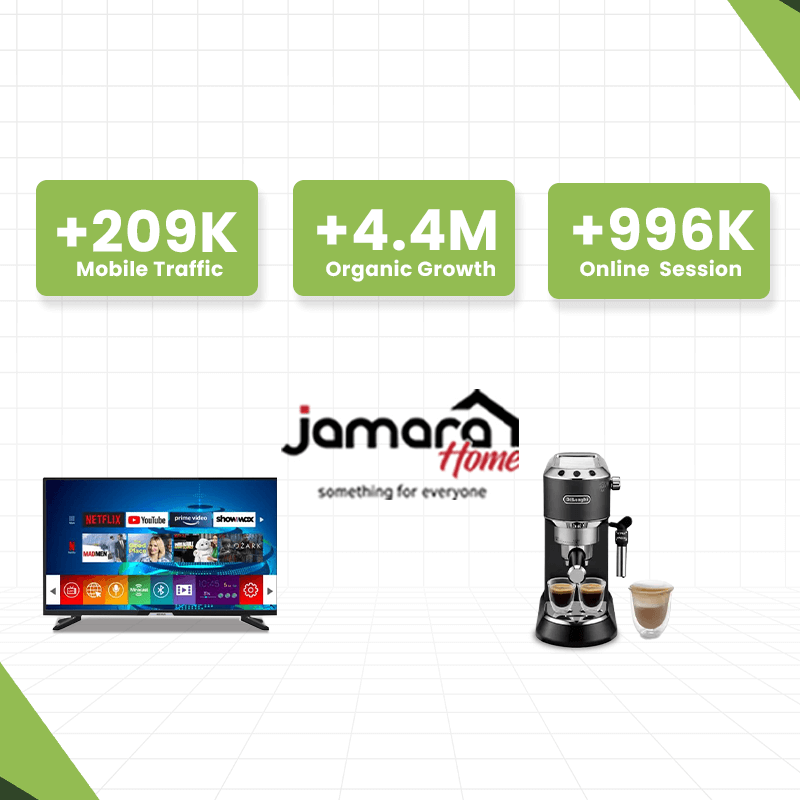As we move into the latter half of the year, many ecommerce brands are already gearing up for the busiest shopping seasons like Autumn and Christmas. While it may still feel like the middle of the year, savvy businesses are already strategizing for 2025 to ensure they stay ahead of the curve.
Here are five crucial trends and strategies that ecommerce brands should start planning for now to guarantee success in 2025.
1. M-Commerce: The Dominance of Mobile Shopping
Mobile commerce (M-commerce) has surged dramatically in recent years and shows no signs of slowing down. In fact, by 2025, it's predicted that 95% of the UK population will own a smartphone, and mobile transactions will hit an astonishing £100 billion in retail sales.
Last year, 70% of all UK online orders were made through mobile phones, and global M-commerce sales have already increased by 20% since 2023. To capitalize on this trend, ensure your ecommerce website is optimized for mobile devices. Your site must be responsive, fast-loading, and easy to navigate on smaller screens.
Additionally, streamline payment methods. Integrating Apple Pay, Google Pay, and other frictionless payment solutions will encourage quick, convenient purchases, enhancing your conversion rates.
Pro tip: Use tools like Google’s PageSpeed Insights to optimize your site’s mobile performance, ensuring it’s both fast and user-friendly.
2. Seamless Digital Experience Across Devices
As M-commerce continues to rise, the expectation for a flawless digital experience (DX) becomes more critical. Today’s consumers expect the same brand experience whether they’re browsing on mobile, desktop, or tablet. A seamless journey means that items added to the cart on one device should remain in the cart when accessed from another.
Brand consistency across all platforms is vital, too. From social media channels to email marketing, ensure that everything looks and feels the same to build trust and authority.
Don’t overlook your top-of-funnel channels either, such as SEO or social media, and ensure they align with your ecommerce site’s look and functionality. A unified experience leads to higher customer satisfaction and loyalty.
3. AI Automation in Ecommerce
AI is no longer just a buzzword—it’s becoming a driving force in ecommerce, transforming how businesses operate and communicate with customers. AI tools such as ChatGPT, Jasper, and Anyword are making it easier than ever to generate everything from product descriptions to social media content.
While AI can save you time, always review its output carefully for quality and accuracy. Automation is also becoming more deeply integrated into ecommerce tools like Mailchimp for email campaigns or Shopify Magic for product descriptions and imagery.
One standout example of AI usage in ecommerce is Levi’s, which started testing AI-generated models for product images to increase diversity and offer a broader range of representations.
4. Sustainability: A Core Value for Future-Proofing
Sustainability has evolved from a “nice-to-have” to a “must-have” for modern ecommerce brands. Consumers are increasingly seeking out businesses that demonstrate genuine efforts toward eco-friendliness.
To position your brand as environmentally conscious, focus on the following:
- Eco-friendly packaging: Use recyclable, biodegradable, or compostable materials.
- Transparency: Clearly communicate your sustainability initiatives and progress.
- Fair trade: Highlight your commitment to ethical practices and fair wages.
- Carbon footprint: Look at your supply chain and operations for ways to reduce emissions.
Many forward-thinking companies are now aiming for B-Corp certification, which verifies their environmental and social responsibility. Brands like Patagonia and Finisterre are already setting the standard. Be mindful not to engage in “greenwashing” (making unsubstantiated environmental claims) and ensure your efforts are genuine.
5. The Growth of Social Commerce
Social commerce, which enables consumers to purchase products directly from social media platforms, is fast becoming a key revenue driver. In 2024, the UK had over 56 million active social media users, with each person spending nearly two hours per day on these platforms. Brands like Gym Shark and Hello Fresh are thriving by using TikTok ads to drive sales.
While Meta platforms such as Facebook and Instagram have led social commerce until now, TikTok is quickly catching up with its TikTok Shop feature. Brands need to leverage both organic and paid social strategies to succeed. Paid ads with highly optimized images, reviews, and targeting are essential to capturing new customers.
Additionally, maintaining engaging, community-focused organic content will nurture a loyal following. Keep in mind that organic reach is decreasing, so “pay to play” is now a necessity for reaching a broader audience.
Conclusion
As we approach 2025, it’s crucial to adapt to these growing trends to stay competitive in the ever-evolving ecommerce landscape. Prioritize M-commerce optimization, seamless digital experiences, AI automation, sustainability efforts, and social commerce to ensure that your business is set up for success.
Interested in taking your 2025 ecommerce strategy to the next level? Contact us today for expert insights and support to make your ecommerce business thrive in the coming year.

